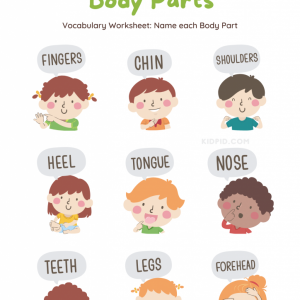Activity › Discussion › Environment › Snow Blindness
-
Snow Blindness
Posted by Bharti on March 2, 2024 at 5:21 pmWhat is Snow Blindness?
Dikshu replied 2 months, 1 week ago 2 Members · 1 Reply -
1 Reply
-
::
Snow blindness, also known as photokeratitis or ultraviolet keratitis, is a condition that occurs when the eyes are exposed to intense ultraviolet (UV) radiation, often from sunlight reflected off snow or ice. It is a temporary eye injury that can cause significant discomfort and vision problems.
When a person is exposed to high levels of UV radiation, it can damage the cornea, which is the clear front surface of the eye. The cornea helps to focus light onto the retina, allowing us to see clearly. UV radiation can cause inflammation and damage to the cornea, leading to symptoms such as:
Eye pain: Snow blindness often causes a burning or gritty sensation in the eyes. The discomfort can range from mild to severe.
Redness and tearing: The eyes may become bloodshot, and excessive tearing may occur as the eyes try to flush out the irritants.
Blurred vision: Snow blindness can cause temporary vision impairment, including blurred or hazy vision. This can make it difficult to see objects clearly.
Sensitivity to light: People with snow blindness often experience increased sensitivity to light, known as photophobia. Even normal indoor lighting can cause discomfort.
Watery discharge: In some cases, there may be a watery discharge from the eyes.
These symptoms typically appear several hours after exposure to intense UV radiation and can last for a day or two. In severe cases, the symptoms may persist for a longer duration.
Snow blindness is a preventable condition. Wearing proper eye protection, such as sunglasses or goggles with UV protection, can help shield the eyes from harmful UV radiation. Additionally, it is essential to limit exposure to intense sunlight, especially in snowy or icy environments, and take breaks in shaded areas.
If someone experiences symptoms of snow blindness, it is important to seek medical attention. Treatment usually involves resting the eyes, using lubricating eye drops, and avoiding further exposure to bright light until the symptoms subside. In severe cases, a doctor may prescribe medications to manage pain and inflammation.
It’s worth noting that while snow blindness is commonly associated with snowy environments, it can also occur in other situations where there is intense UV radiation, such as high-altitude areas, sandy beaches, or during activities like welding without proper eye protection.
 Fruit Alphabet Book
Fruit Alphabet Book  Beginning Letters Foundational Worksheet
Beginning Letters Foundational Worksheet  Fruits and Vegetables / FREE Printable Worksheets for Kindergarten
Fruits and Vegetables / FREE Printable Worksheets for Kindergarten  Vocabulary Naming Body Parts Worksheet
Vocabulary Naming Body Parts Worksheet